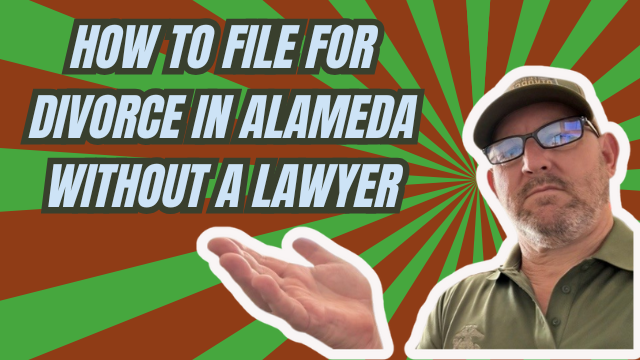How to Get a Divorce in San Diego County Without Drama | San Diego Divorce
I’m Tim Blankenship with Divorce661. If you think divorce has to be stressful, emotional, and full of court battles, think again. In this post I’ll walk you through a straightforward, low‑drama path to divorce in San Diego County—what it looks like, the steps involved, and how to keep the process peaceful, fast, and affordable.
Why a drama-free divorce is possible
Divorce has a reputation for conflict, but thousands of couples in San Diego County choose a different way every year. The secret is keeping the case amicable and uncontested. That means both spouses are willing to cooperate and reach agreement on the major issues: property division, support, and, if applicable, child custody and visitation.
The more you agree on up front, the less time, expense, and emotional energy you’ll spend. An uncontested divorce lets you avoid courtroom fights, expensive hourly legal fees, and the back‑and‑forth that turns separation into drama.
Step‑by‑step: The uncontested, low‑drama process
Below is the streamlined process I use to help San Diego couples get divorced without conflict. I handle the paperwork and the court submission so you can focus on moving forward.
- 1. File the divorce petition (electronically)We file your petition electronically in San Diego County to get the case started quickly and accurately. Electronic filing reduces delays and helps avoid rejected paperwork.
- 2. Serve your spouse or get an acknowledgementYour spouse is either officially served with the papers or signs a Notice and Acknowledgement of Receipt. That action starts California’s six‑month waiting period toward final judgment.
- 3. Exchange financial disclosuresEven when things are peaceful, California requires both parties to exchange financial disclosures. This step creates transparency, prevents surprises later, and is a required legal safeguard.
- 4. Create a Marital Settlement AgreementThis agreement documents everything you’ve agreed to—division of assets, debts, support, custody, and visitation. It’s the foundation of a clean, enforceable divorce. A clear settlement prevents misunderstandings down the road.
- 5. Prepare and submit the judgment packageOnce everything is signed, we prepare the judgment package to meet court standards, submit it electronically, and track it until it’s approved. Proper preparation helps avoid rejections or delays.
What makes this process work
- Agreement up front: The more you agree on at the start, the simpler the process.
- Complete disclosures: Honest financial exchange prevents disputes later.
- Clear paperwork: A well‑drafted settlement and court‑ready forms keep the case moving.
- Remote, flat‑fee approach: Handling the process online avoids court appearances and surprise legal costs.
Real client example
We recently helped a San Diego couple who were worried their split would turn ugly. Once they saw the structured, simple process, they agreed to keep things respectful. We filed their case, managed the disclosures and settlement, and submitted their judgment—without a single argument, court hearing, or headache.
Why work with Divorce661?
- Flat‑fee services: No hourly surprises—planned pricing for an uncontested divorce.
- 100% remote: We file electronically and handle everything online so you don’t need to appear in court.
- Full‑service support: Filing, disclosures, the settlement, and judgment submission handled for you.
- Focus on peace and dignity: We help you move on calmly, affordably, and respectfully.
Practical tips to keep your divorce amicable
- Talk openly about priorities and goals—agree on the big issues first.
- Be transparent in financial disclosures; honesty prevents future conflict.
- Use a neutral professional to draft the settlement so both sides feel treated fairly.
- Keep children out of disputes—focus on stability and routines.
- Consider mediation if you hit a snag rather than escalating to litigation.
Common questions
How long does it take? California has a minimum six‑month waiting period that begins when the respondent is served or acknowledges receipt. The actual timeline can be longer depending on how quickly disclosures and signatures are completed.
Do I have to go to court? Not for an uncontested divorce. If both sides cooperate and submit the required paperwork, you can avoid court hearings.
What if my spouse disagrees? If you can’t reach agreement, the case becomes contested and may require negotiation, mediation, or court intervention. The uncontested, low‑drama path only works when both parties are willing to cooperate.
Conclusion
Divorce doesn’t have to be chaotic. If you and your spouse are willing to work together, an uncontested divorce in San Diego County is a fast, affordable, and peaceful way to move forward. At Divorce661, I focus on removing confusion, handling the paperwork to court standards, and keeping you out of court.
We’ll help you handle your divorce like adults—calmly, affordably, and with dignity.
If you’re ready to move on without the emotional chaos, visit divorce661.com and schedule your free consultation. We’ll walk you through the process and help you get a clean, drama‑free divorce.










